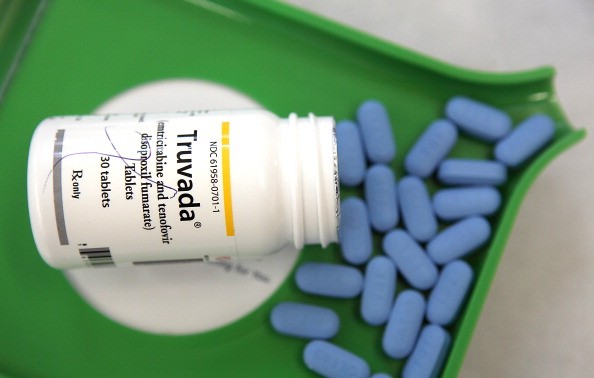
A new form of HIV treatment has been shown effective by multiple demonstration projects. One particular team at Kaiser Permanente San Francisco (KPSF) investigated the effect of pre-exposure prophylaxis (PrEP) in HIV-infected patients and found the drug to have prevented permanent infection in humans. However, new findings suggest that young men who have been taking PrEP for HIV protection will likely experience significant bone loss after some time.
PrEP is a combined formula of the drugs Emtricitabine and Tenofovir and is commercially available in the form of a pill named Truvada. The drug has been approved in 2012 by the U.S. FDA for fixed-dose administration, and is considered more effective when used in complement with safer sex practices.
However, new findings which were presented at the 15th European AIDS Conference and the 17th International Workshop on Comorbidities and Adverse Reactions in HIV suggest that taking Truvada as PrEP against HIV may cause a decrease of bone mineral density (BMD) in young men. Such was observed in a sample population of 18 to 22 year old gay males who were offered daily treatment of Truvada for 48 weeks.
In the study, 200 male subjects were asked to undergo scans of the hip, spine and whole body upon entry, at the middle, and at the end of the research. Four men were excluded from the analysis as they contracted HIV during the trial period.
Based on the data gathered, researchers found that all participants had lower-than-normal BMD at the end of the period. A total of 8.1 percent of the subjects started having a spine BMD below the threshold for low bone mass, 6.1 percent had low hip BMD, and 3.7 percent had low body BMD.
Moreover, participants who have been proven by tests as consistently taking Truvada had 0.5 percent loss of spine BMD at the middle of the period, and the loss had increased to 1.5 percent towards the end. In contrast, those who were not seriously taking Truvada experienced an increase in their spine BMD by about the same magnitude. While those taking Truvada also had a decrease in hip BMD, those who were not well protected had hip BMD remained.
With all these findings, the authors conclude: "Although the BMD losses were generally modest, their occurrence before attainment of peak bone mass in young men who already have low bone mass may increase their risk of fragility in adulthood."



